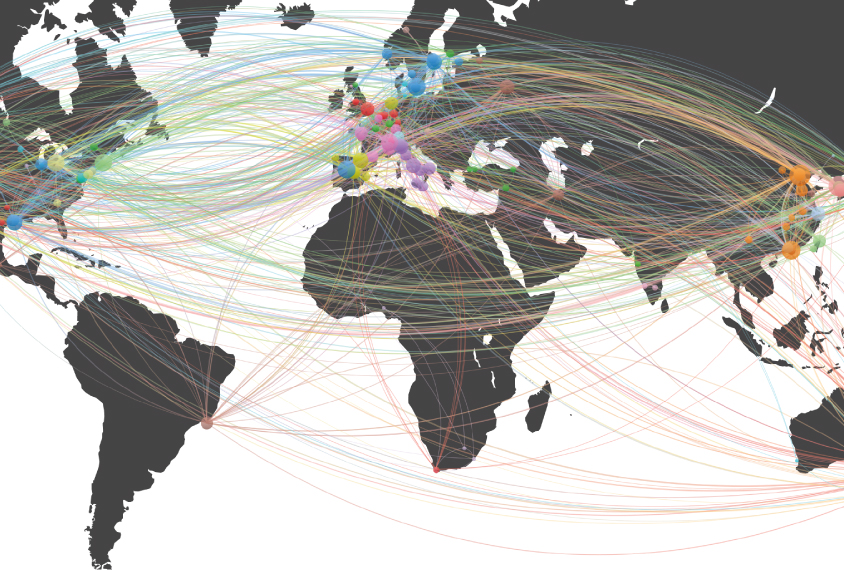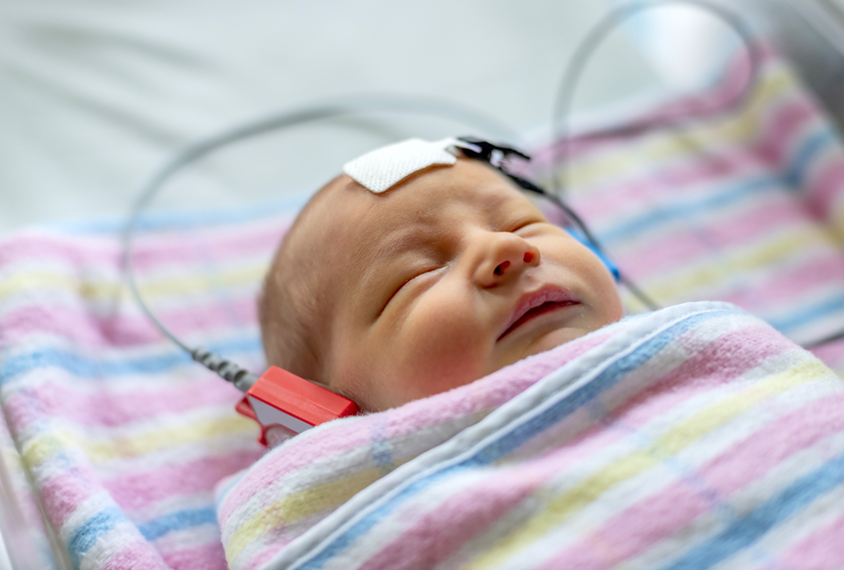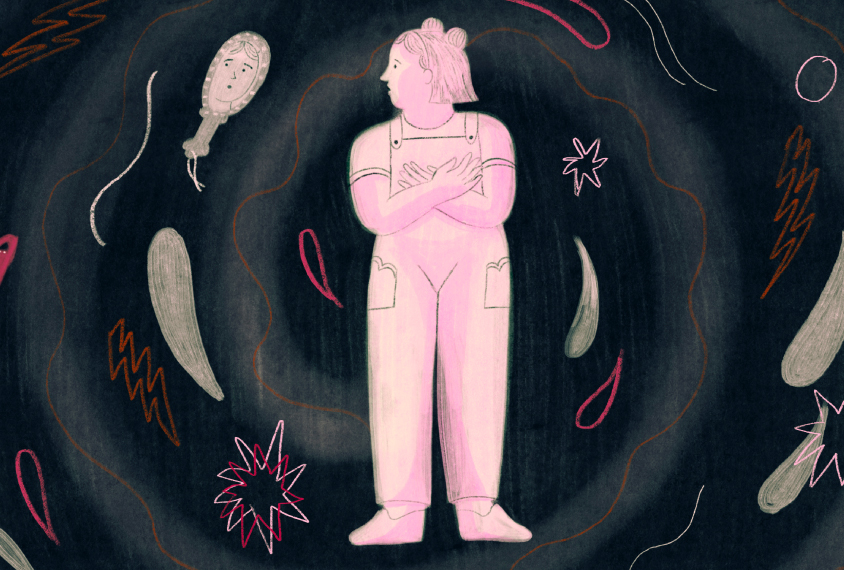Taylor White is a former editorial intern at Spectrum and a graduate student at New York University’s Science, Health and Environmental Reporting Program. Taylor writes about public health and technology. She has a B.S. in biology with minor in journalism from Suffolk University in Boston, Massachusetts.
Taylor White
Intern
From this contributor
Proteome map identifies more than 90 percent of all human proteins
Researchers expand on the already enormous progress made on the Human Proteome Project

Proteome map identifies more than 90 percent of all human proteins
Infant hearing test might be sound predictor of autism
Babies who are later diagnosed with autism have a sluggish brain response to sound on a universal newborn hearing screen.

Infant hearing test might be sound predictor of autism
Test gauges autistic children’s verbal abilities in natural settings
An interactive assessment allows clinicians and researchers to evaluate an autistic child's use of language in everyday social situations.

Test gauges autistic children’s verbal abilities in natural settings
Puberty may arrive early for some autistic girls
Girls with autism tend to start puberty earlier than their peers do, which may intensify their social difficulties and put them at an increased risk for bullying and mental health conditions such as depression.

Puberty may arrive early for some autistic girls
Traits in mothers may signal gene variants for autism
Autistic children's traits track with subtle, autism-like behaviors in their mothers; women with these traits may also carry a genetic predisposition to the condition.

Traits in mothers may signal gene variants for autism
Explore more from The Transmitter
Psilocybin rewires specific mouse cortical networks in lasting ways
Neuronal activity induced by the psychedelic drug strengthens inputs from sensory brain areas and weakens cortico-cortical recurrent loops.
Psilocybin rewires specific mouse cortical networks in lasting ways
Neuronal activity induced by the psychedelic drug strengthens inputs from sensory brain areas and weakens cortico-cortical recurrent loops.
Home makeover helps rats better express themselves: Q&A with Raven Hickson and Peter Kind
The “Habitat”—a complex environment with space for large social groups—expands the behavioral repertoire of rodent models, Hickson and Kind say.
Home makeover helps rats better express themselves: Q&A with Raven Hickson and Peter Kind
The “Habitat”—a complex environment with space for large social groups—expands the behavioral repertoire of rodent models, Hickson and Kind say.
Tatiana Engel explains how to connect high-dimensional neural circuitry with low-dimensional cognitive functions
Neuroscientists have long sought to understand the relationship between structure and function in the vast connectivity and activity patterns in the brain. Engel discusses her modeling approach to discovering the hidden patterns that connect the two.
Tatiana Engel explains how to connect high-dimensional neural circuitry with low-dimensional cognitive functions
Neuroscientists have long sought to understand the relationship between structure and function in the vast connectivity and activity patterns in the brain. Engel discusses her modeling approach to discovering the hidden patterns that connect the two.